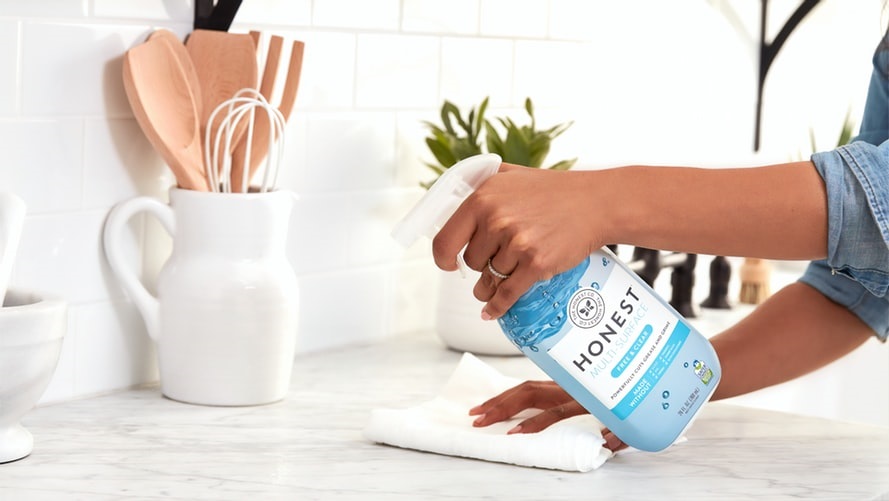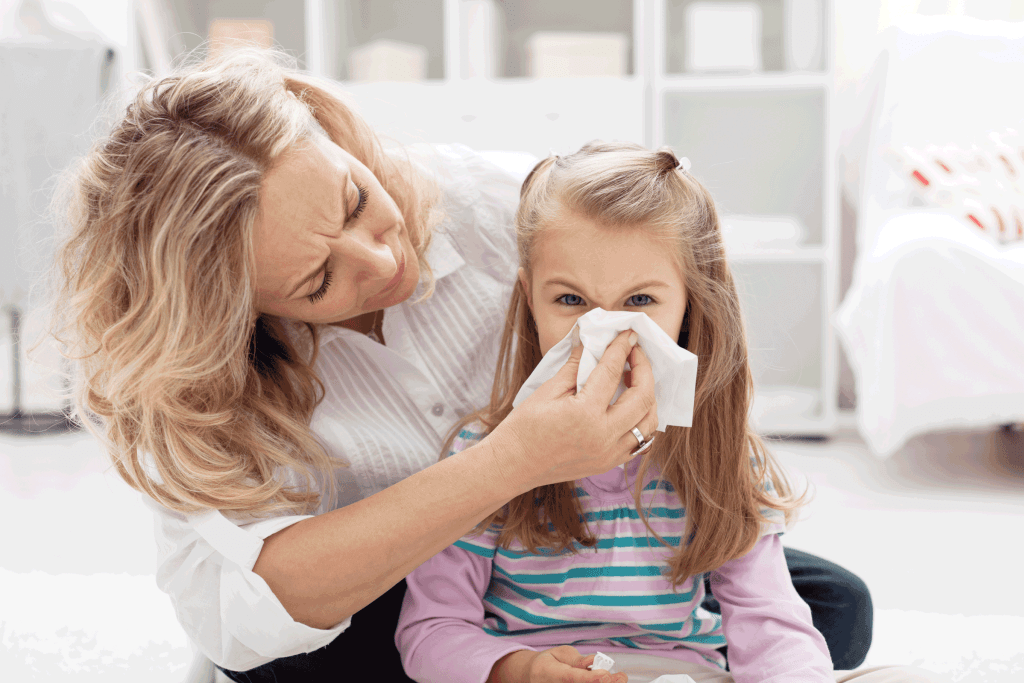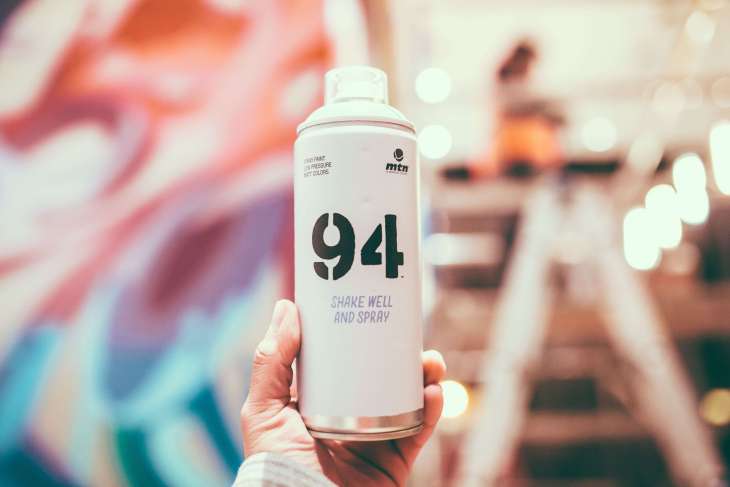Wipes and disinfectants. You have them everywhere. On your bedside table. On your kitchen counter. Inside your bag (or diaper bag). In your car. And anywhere else.
In this world where infections are so widespread, it’s hard to imagine life without your favorite cleaning products.
But have you ever considered their safety?
Woah. What? Aren’t they safe? Aren’t they supposed to clean stuff and surfaces and keep you safe?
While these things come in handy when we need some quick cleaning done, most people don’t know that common household wipes and disinfectants contain ingredients that can harm their health.
Below are five of the most harmful ingredients found in your favorite wipes and disinfectants.
Alcohol
Most disinfectant sprays contain a high amount of alcohol, which is either ethyl or isopropyl alcohol. Such products are not generally recommended because alcohol evaporates quickly, therefore lowering the antibacterial property of the disinfectant. Also, alcohol cannot be used as a cleaner, which means you have to purchase a different product for cleaning surfaces.
According to research, alcohols do not destroy bacterial spores and their ability to kill germs drops significantly when diluted below 50% concentration. Even worse, alcohol can cause eye and skin irritations, especially on younger kids and babies. Also, disinfectants containing alcohol can liquify varnishes or finishes, which can cause great damage to your furniture. It’s much safer to use non-alcohol wipes for wiping off dirt from skin as well as from certain surfaces, such as fabrics, electronics, and treated wood.
Chlorine
Chlorine is a powerful bleaching, disinfecting, and oxidizing chemical. However, in its gaseous form, it can be poisonous and lethal.
Prolonged and constant exposure to chlorine can be harmful to health, especially that of babies. In particular, it can increase their risk of asthma and other respiratory problems, skin problems, and even heart disease. It can also cause environmental harm at low levels. Furthermore, using wipes and disinfectants containing chlorine on surfaces, such as metal and wood, can cause damage like discoloration.
Phenol
Phenol is a colorless, odorless chemical that is used in manufacturing plastics. It is also a common ingredient in household cleaning products due to its disinfectant properties.
Phenol can be highly irritating to the skin, eyes, and nose. It is also toxic to humans when ingested and long-term exposure can lead to severe health problems like progressive weight loss, diarrhea, vertigo, and blood and liver problems. Babies and young children, whose lungs are still developing, are more at risk of the health problems associated with phenol inhalation. Accidental ingestion of this chemical (which likely happens in children) can also lead to severe symptoms like vomiting and lethargy.
Phenol-based disinfectants normally require dilution before they can be used or applied on surfaces. This ‘extra step’ can often result in preparation errors and incomplete disinfection when the right mixing ratio is not achieved.
Ethanol
Ethanol is a volatile chemical compound classified as simple alcohol. It’s a common ingredient in wipes and disinfectant products, as well as gasoline.
Ethanol has been found to stimulate the production of new pores in the skin and expand the permeability of existing pores. This makes it easy for bacteria, germs, and viruses to enter the body. When using disinfectants that contain ethanol to clean surfaces, consider wearing gloves to avoid direct skin contact with the chemical.
Quaternary Amine
Quaternary ammonium compounds, commonly known as ‘quats’ are what give antibacterial properties to wipes, disinfectant sprays, and household cleaners. The Environmental Protection Agency (EPA) classifies quats as pesticides.
While quats can effectively kill many types of microbes, they are not in any way more effective than soap and water in cleaning household surfaces. Disinfectants containing quats are much more suitable in hospitals where intensive disinfecting is required.
Even worse, exposure to this very potent pesticide is tied to asthma, breathing problems, and skin irritation, especially in kids. That’s why you’ll see it on the label of your favorite wipes to ‘wash hands after use’, which is bizarre because you’re supposed to be using something that cleans and disinfects.
How to Choose Safe & Effective Cleaning Products
While cleaning products contain chemicals that may pose certain health risks, in most cases, they are essential in minimizing the spread of infections. The EPA has several tips and suggestions when choosing cleaning products such as wipes and disinfectants:
- Choose less hazardous products or those that are considered ‘green’. These products have low toxicity, low VOC content, and are certified biodegradable.
- Read the label. Buy products that have minimal active ingredients or strongly irritating substances. You can check with the National Toxicology Program for the list of substances or compounds that are classified as highly toxic or carcinogenic.
- Limit the use of disinfectants on surfaces and areas where people usually come in contact with such as doorknobs, bathroom fixtures, and other high-touch areas. These surfaces don’t really require the use of disinfectants but just soap and water.







